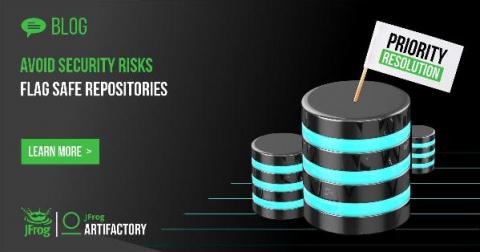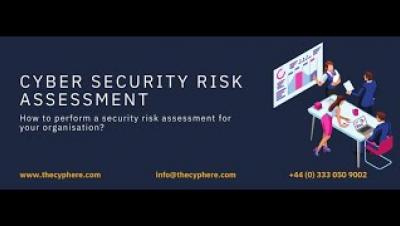Understanding the Cloud Security Challenges for SMBs
The events of 2020 didn’t prevent small- to mid-sized businesses (SMBs) from adopting the cloud. Impact Networking reported that SMBs’ overall cloud spending grew 6.3% between 2019 and 2020. Such growth is projected to lead more than a third (35%) of SMBs to annually spend between $600,000 and $1.2 million on public cloud services by the end of 2021, noted Statista.











